The plant kingdom is an amazing place. It covers most of the earth’s surface and contains an incredible diversity of life forms. This article will give you a brief overview of vascular plants, which make up the vast majority of living organisms in this kingdom.
What Are Vascular Plants?
Vascular plants can be characterized as plants that have water-conducting tissue, called xylem. This water-conducting tissue is composed of cells with thick cell walls, which move the liquid up from below ground.
Types of Vascular Plants
Unlike plants that are non-vascular, vascular plants have a nucleus and other similar features to animals. Some vascular plants reproduce from seeds, while others reproduce by spores. Vascular plants are divided into two types: cryptogams and phanerogams.
Angiosperms
Angiosperms are flowering plants that produce flowers and fruits. The plant also comes with roots, stem, and leaves – as you would expect. Flowers have either male reproductive organs (stamen) or female reproductive organs (pistil).
As such, angiosperm plants have a pollination process. Dicots and monocots are subdivisions of angiosperms. Some common examples are rose, mints, and maize.
Phanerogams
Otherwise known as phanerogamae, this type of vascular plant reproduces from its seeds, hence also called a seed-producing plant. These types of vascular plants are flowering plants, and they use photosynthesis to produce their food. Phanerogams are also called “flowering plants.”
Phanerogams are divided into three subgroups: monocotyledons, eudicotyledons, and magnoliids. Some common examples of phanerogams include clover, oak trees, and dandelions.
Cryptogams
Scientifically known as Cryptogamae, this type of vascular plant is able to reproduce with its spores. The cryptogamae group of vascular plants can be divided between photosynthetic and non-photosynthetic.
Plants that can photosynthesize include algae, mosses, lichens, and ferns. The non-photosynthetic variety includes mushrooms and slime.
Gymnosperms
Gymnosperms are a type of plant that produces only cones and seeds. Flowers and fruits can’t be produced from this type of vascular plant.
Common types of gymnosperms are firs and pines. There are thousands of them that can be divided into four broad groups: coniferophytes, ginkgophytes, cycadophytes, and gnetophytes.
Characteristics of Vascular Plants
It is easier for vascular plants to tolerate a variety of environmental conditions as their stems transport water and nutrients up from the roots.
The transport system in vascular plants contributes to the development of a better method of asexual reproduction, such as seed dispersal and vegetative propagation.
Vascular plants have specialized tissues to transport resources, such as food or water. Here are the characteristics of a vascular plant:
Xylem
Vascular plants possess a xylem, which transports food and water to the phloem. The xylem tissue in vascular plants is rigid and can be fossilized. Xylem is present throughout multiple parts of the plant.
Phloem
Phloem is the vascular system that carries food and water to parts of the plant. The tissue includes several types of cells, such as sieve elements, parenchyma, sclerenchyma, and companion cells.
Roots
Roots are the rooted tissues of a plant. Some plants have a root system that goes down into the ground for water and nutrients. Roots also provide a plant with stability and security. Various roots have evolved adaptations to survive in the diverse types of soil found globally.
Leaves
Vascular plants come with leaves, and there are two different types: microphylls and megaphylls. Microphyllous plants, known as synangious plants or monophyllous plants, have a single vein that does not have any veins branching off of it.
Microphyllous are believed to be derived from an ancestral plant with a single stem.
Conversely, megaphylls have several veins within the leaf. Megaphylls are considered to have developed from branches that have fused with one another.
Growth
The first stage of embryonic development involves cell division to form an embryo. The embryo of a vascular plant develops to produce a plant body that is built once its organs and tissues are made. In vascular plants, the main growth occurs at the tips of the root and stem.
Structure of Vascular Plants
Vascular plants have developed specialized tissues to transport water throughout the plant. Here are the three tissue systems:
The ground tissue system
This involves round cells that have living protoplasm and thin walls. It includes tissues that aren’t vascular or dermal. Plant ground tissue is responsible for storing, secreting, and photosynthesizing.
There is an internal and external ground tissue system, also called intrastellar (in-between cells) and extrastellar. Ground tissue consists of Collenchyma, Parenchyma, and Sclerenchyma.
The vascular tissue system
The vascular system in plants is what transports water, nutrients, and carbs to the different parts of the plant. The vascular system is made up of two parts: xylem and phloem.
As explained earlier, the xylem gives nutrients to the phloem, and then the phloem transports these nutrients to the plant.
The dermal tissue system
Vascular plants develop an outer protective layer in their young parts, which is also known as the epidermis. This system controls how the plant interacts with the world around it.
The dermal tissue system is just one cell layer in thickness. It comes with a bunch of specialized cells that perform functions, including regulated gas exchange, protection against water loss, and water absorption.
Conclusion
This concludes our overview of vascular plants!
Vascular plants are the most common type of plant on earth, and they can be found in every habitat imaginable. There’s still a lot to learn about these fascinating organisms!
The plant kingdom is a vast and fascinating realm of life on earth, and vascular plants are an integral part of that ecosystem. We hope this overview has given you some insight into how these unique organisms function!
To sum up, a vascular plant has two parts that make up its vasculature system: xylem and phloem. Xylem carries nutrients from leaves down into different parts of the plant.
Phloem transports those nutrients from one part of the plant to another; this includes transporting sugars made by photosynthesis back through the leaf. The dermal tissue system is just one cell layer in thickness, with the purpose to protect the plant against water loss.
Tim is an avid gardener from the UK. He was the founder of PlantCarer.com from 2021 to Sep 2023. He sold PlantCarer.com to Aaron. He has since started his own business called Seed To Supper, which provides new gardeners all the materials you need in a box (pots, seeds, compost and instructions) to grow your own delicious and nutritious vegetables and herbs from start to finish – no garden required.



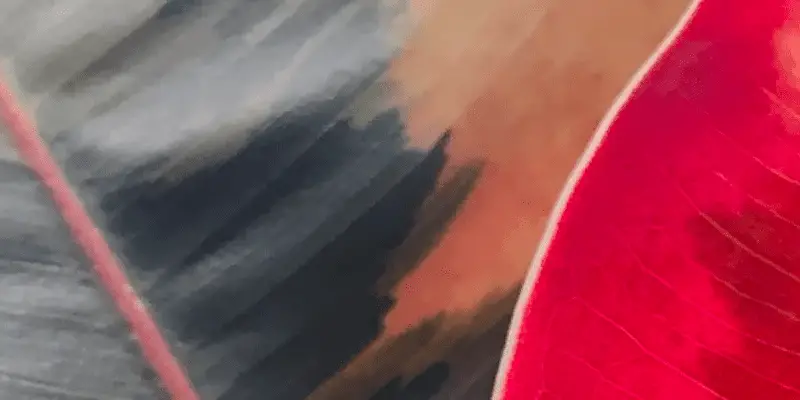
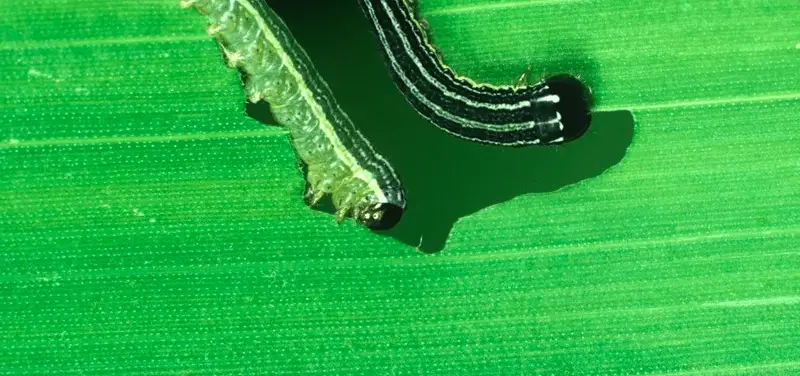
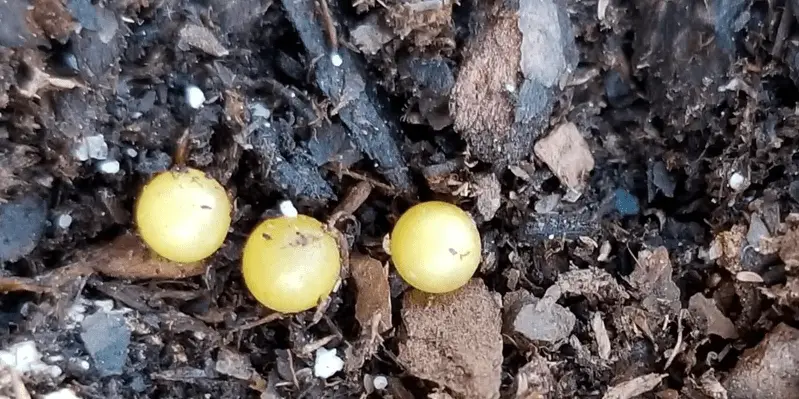
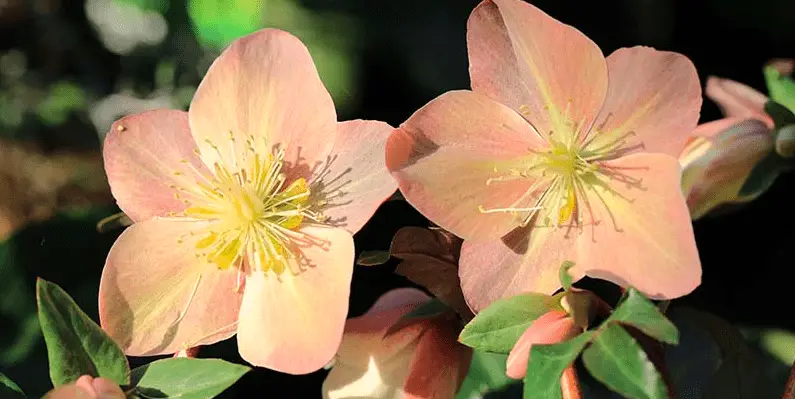
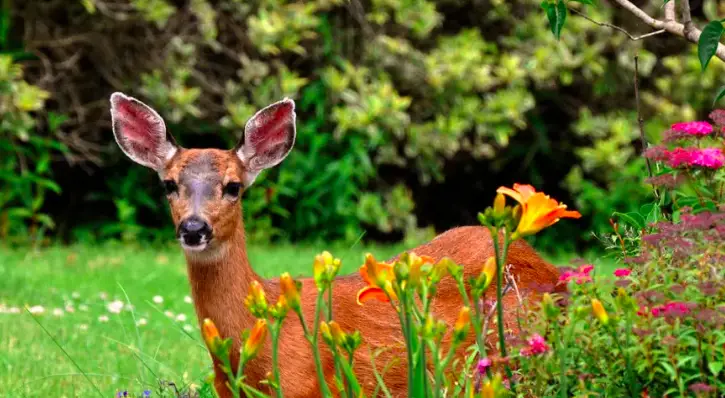
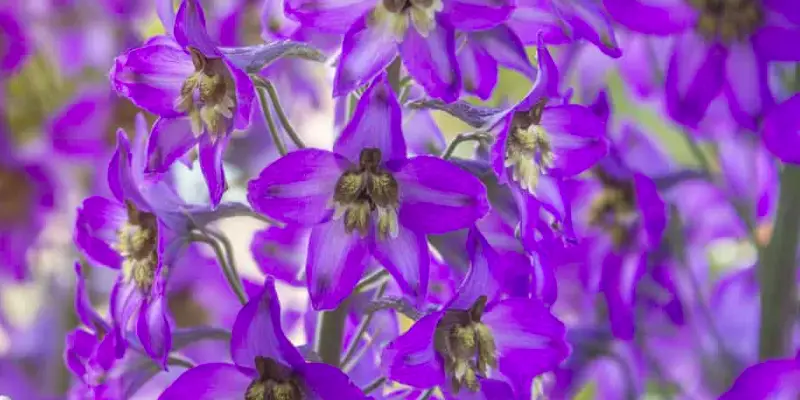

0 Comments